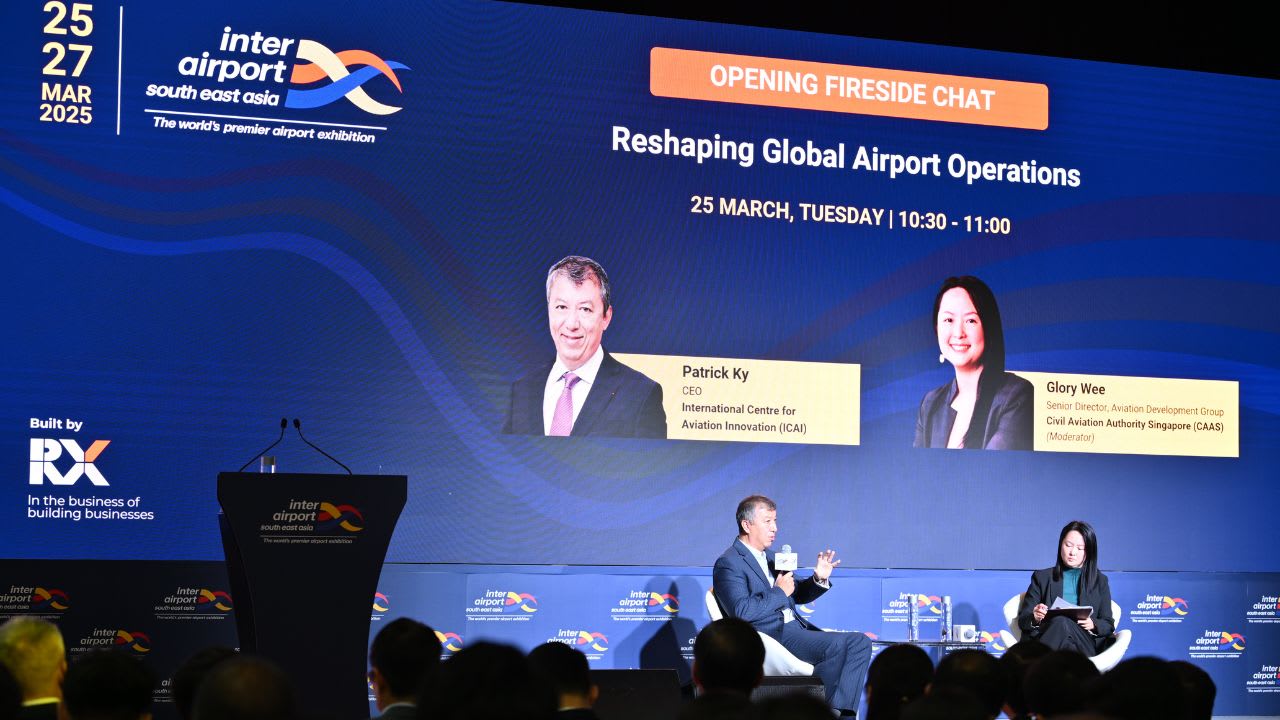The future of air travel in Southeast Asia takes flight

In Singapore, inter airport Southeast Asia (IASEA) 2025 kicked off as a gathering of key players from the global airport ecosystem to shape the industry's future.
Under the theme “Airport Operations for Tomorrow,” the event arrives at a pivotal moment as the aviation sector undergoes rapid transformation, with global passenger traffic forecasted to soar to 19.5 billion by 2042.
From regulatory challenges to game-changing technologies, discussions at IASEA 2025 centre on the urgent need for airports to adapt to a new era – one defined by efficiency, resilience, and sustainability.
Innovation, trust, and collaboration
Patrick Ky, CEO of the International Centre for Aviation Innovation (ICAI), underscored the power of data sharing as a transformative force in aviation but acknowledged the hurdles involved: “Innovation that drives data sharing will be key,” he noted.
However, regulatory frameworks and a willingness to collaborate would be crucial in realising its full potential.
Leading airport operators also unveiled ambitious projects designed to meet growing passenger demand and enhance connectivity across the region.
Shinichiro Motomiya, General Manager, presented the “New Narita Airport” expansion for the 2030s. The project includes a new runway, extended transport links, an upgraded cargo hub, and terminal consolidation, boosting capacity from 57 to 75 million passengers and increasing cargo throughput from 2.4 to 3.5 million tons.
Meanwhile, Nguyen Dang Minh, Director of Airport Operations at Airports Corporation of Vietnam, outlined a master plan to future-proof the nation’s airport network.
By 2030, ACV aims to equip 30 airports with a combined capacity of 275.9 million passengers and 4.1 million tons of cargo annually. By 2050, this network will expand to 33 airports, ensuring 97% of the population has access to an airport within 100 kilometres. The total investment? A staggering 420,000 billion VND.
At the heart of Vietnam’s aviation strategy is Long Thanh International Airport, one of the region’s most ambitious infrastructure projects.
With Long Thanh poised to become a major aviation hub, Nguyen Cao Cuong, Deputy General Director of ACV, reinforced Vietnam’s commitment to global collaboration.
The future of Southeast Asia's airport ecosystem
With discussions ranging from sustainability to automation, IASEA 2025 is setting the stage for a radical transformation in airport operations. Over the next two days, attendees can expect further exclusive product showcases, expert-led conference sessions, and high-level networking opportunities that could shape the future of aviation across Southeast Asia.
Held every two years, inter airport Southeast Asia is a premier trade event that drives innovation and transformation within the airport industry. Bringing together buyers, decision-makers, and solution providers from across Asia, the event serves as a launchpad for cutting-edge technologies and collaborative growth in airport operations.


